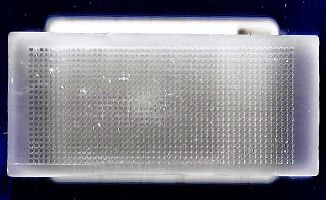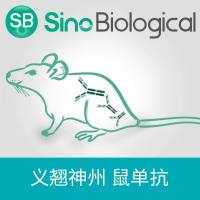Quantitative Fluorescence In Situ Hybridization on Paraffin Embedded Tissue
互联网
705
Quantitative fluorescence in situ hybridization (Q-FISH) is a complex technique for the quantitative evaluation of telomere length on cell preparations or on human tissues. The samples are stained with a fluorescent peptide nucleic acid (PNA) probe against the telomere oligonucleotides (sequence 5′-TTAGGG-3′). The measure of the telomere length is carried out using a fluorescence microscope equipped with a sensitive CCD camera and analyzing the pictures with a computer software that can perform fluorescence intensity measurements. Here, we describe the most used protocols to stain, acquire, and analyze fixed human cells in order to evaluate their telomere length.





![Hep Par 1 Antibody / Hepatocyte Paraffin 1 [clone OCH1E5] (V2341)](https://img1.dxycdn.com/p/s14/2025/0214/113/8001790498709820981.jpg!wh200)



